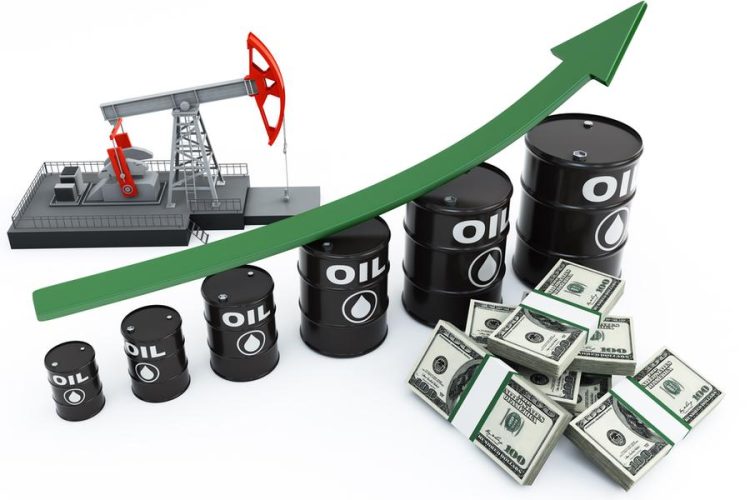Publisher: Maaal International Media Company
License: 465734
Oil prices up as investors’ focus shifts to demand outlook
Oil prices rose in Asian trading today, Tuesday, after the OPEC + decision to cut more production shook the markets on Monday, while investors’ attention turned to the outlook for demand and the impact of high prices on the global economy.
According to Reuters, Brent crude futures rose 41 cents, or 0.5 percent, to $85.34 a barrel by 0400 GMT. US West Texas Intermediate crude futures also rose 41 cents, or 0.5 percent, to $80.83 a barrel.
Both benchmarks jumped more than six percent on Monday after the Organization of the Petroleum Exporting Countries (OPEC) and its allies, including Russia, in what is known as the OPEC + alliance, shook the markets by announcing on Sunday plans to cut production targets by another 1.16 million barrels. daily.
اقرأ المزيد
The latest pledges raise the total volume of OPEC+ cuts to 3.66 million barrels per day, including two million barrels in October, according to Reuters calculations, which is equivalent to about 3.7 percent of global demand.
“The buying wave sparked by the OPEC + decision to cut production (in anticipation of a significant rise in prices) has subsided, and the market’s attention has shifted to future demand expectations,” said Hiroyuki Kikukawa, head of (NS Trading) affiliated with Nissan Securities.
He added, “In the short term, demand is expected to rise due to the summer driving season, but high oil prices may increase inflationary pressures and prolong interest rate increases in many countries, which may weaken demand.”
OPEC+ production constraints have prompted most analysts to raise their forecast for Brent crude prices to around $100 a barrel by the end of the year. Goldman Sachs raised its forecast for Brent to $95 a barrel by the end of this year, and to $100 for 2024.
However, the decision of the oil alliance increased investor concerns about rising costs for companies and consumers, which fueled fears that an inflationary shock in the global economy as a result of higher oil prices would lead to further interest rate hikes.









